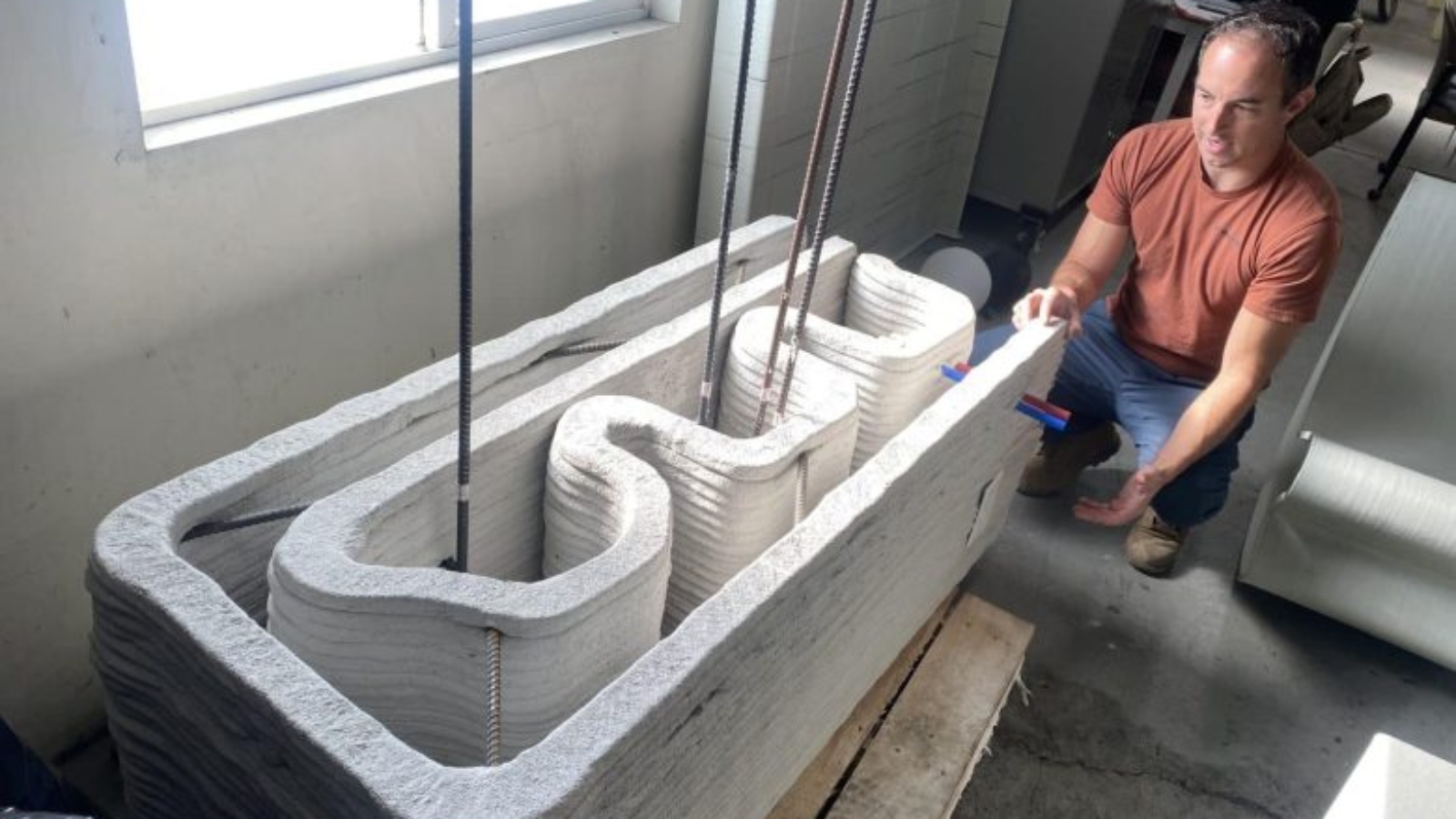According to Athens Independent, the Survivor Advocacy Outreach Program (SAOP) has partnered with construction firm Vitruvian to build 3D printed homes in Chauncey, Ohio, aiming to expand affordable housing options in the Appalachian region.
The project, funded through SAOP’s Appalachian Community Grant from the Ohio Department of Development, includes three 3D printed houses and three more in partnership with Habitat for Humanity. SAOP Executive Director Madison Trace said the initiative addresses the community’s urgent housing shortage: “We’re hoping that we can provide really nice, energy-efficient, affordable homes for this area… and a safe space for our survivors.”
SAOP intends to sell the homes to first-time buyers or clients who qualify for funding assistance, with one potentially serving as transitional housing. Local leaders welcomed the effort – Village Council President Evelyn Nagy called it a valuable addition for families, while Council member Connaught Cullen remarked, “They’re building houses, and that’s good.”
Vitruvian’s homes use a 3D printable concrete-like material composed of “Portland cement and cement replacement from recycled waste material, selected fillers and aggregates, micro fibers, and special additives.” Although costs match traditional methods, the company says speed and durability are superior – its homes are twice as durable against wind and water damage.
Manufacturing on Demand

Consultant Eric Wooldridge, who directs the Additive Manufacturing Center at Kentucky’s Community & Technical College System, said the houses are built on seismic-resistant foundations, crucial in areas affected by coal mining. He added that 3D printed concrete structures are “not even questionable” in being more sustainable due to lower waste and higher longevity compared to wood homes.
However, Nate Ames of Ohio State University’s Center for Design and Manufacturing Excellence noted challenges in comparing materials. He cautioned that printing concrete is sensitive to temperature and humidity changes, making it harder in Appalachia’s climate than in flatter, drier regions like Texas or Arizona.
Each home’s 9-foot hollow walls allow for insulation, wiring, and plumbing. Vitruvian’s robot printer, which folds to fit indoors, can print 1,300 square feet in a day. The open-layout design – based on interviews with future residents – balances communal and private spaces.
Vitruvian is already exploring new materials using recycled or coal waste from the region, supported by US Department of Energy and Department of Defense funding to reduce construction costs and material demands.
You might also like:
X-Hab 3D completes first 3D printed home in Nome, Alaska: The project is supported by the Denali Commission, the U.S. Department of Housing and Urban Development (HUD), and the University of Alaska Fairbanks. Work began in summer 2025, but construction was temporarily halted when the locally produced concrete mix arrived contaminated with oversized aggregate and fiber, rendering it incompatible with the pump and printhead. Rather than abandon the batch, the X-Hab 3D crew manually sifted over 100,000 pounds of material to recover what they could.
* This article is reprinted from 3D Printing Media Network. If you are involved in infringement, please contact us to delete it.
Author: Edward Wakefield


Leave A Comment